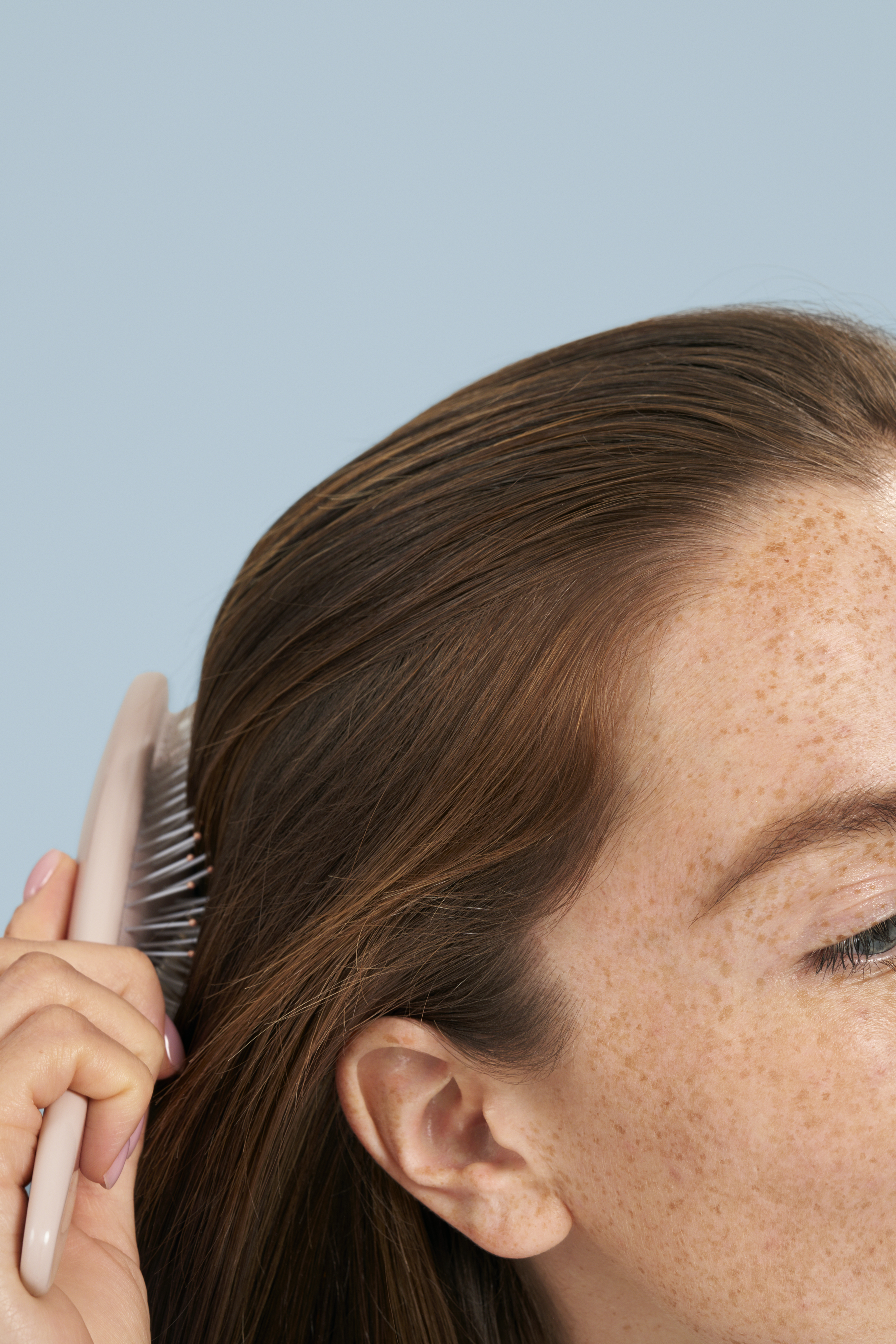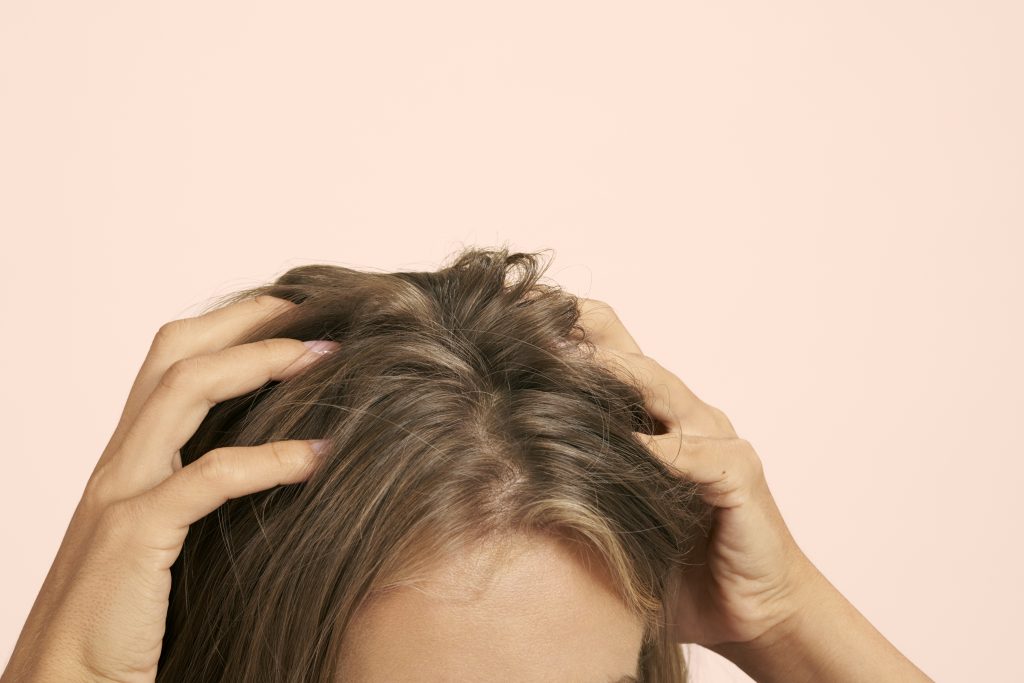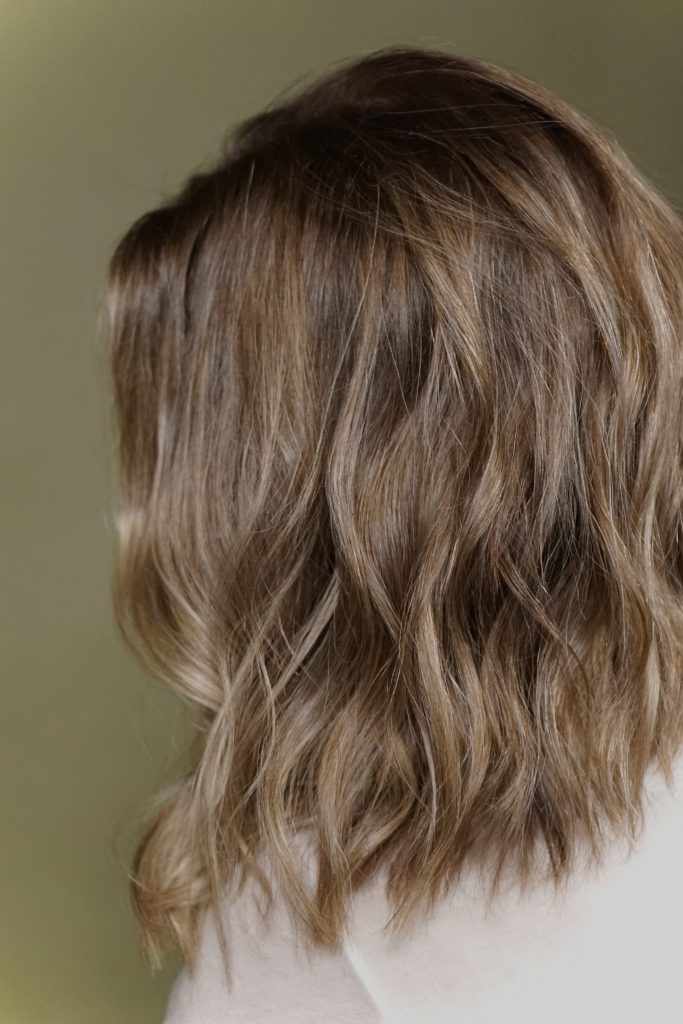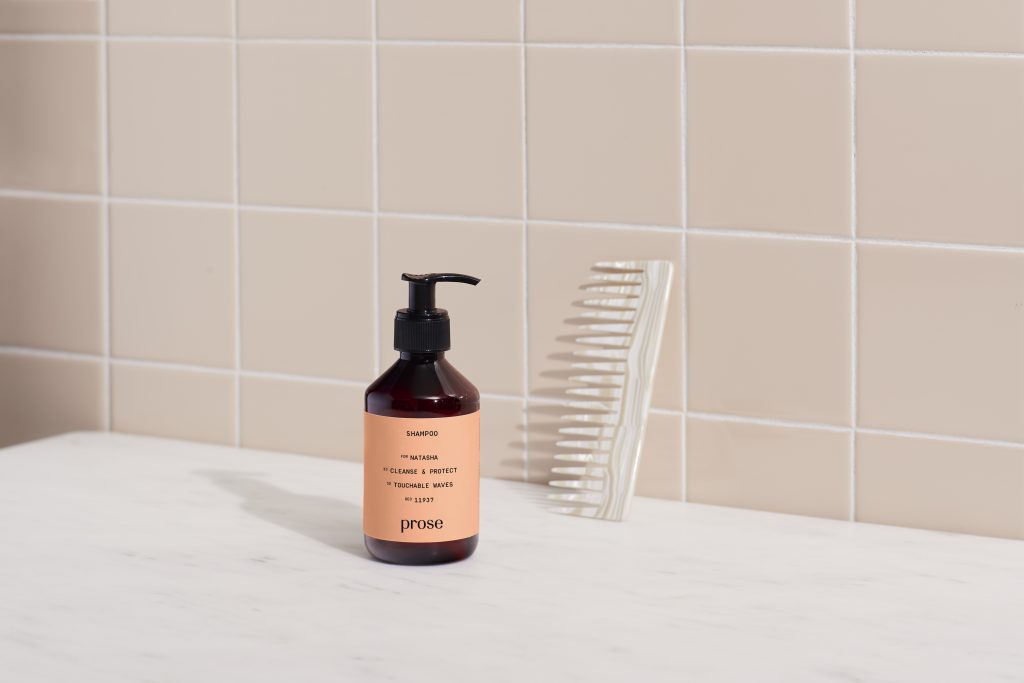Most of us spend a fair amount of time and money taking care of our hair. But what about caring for scalp skin—where hair originates? “Scalp care is very important to keep your hair healthy and vibrant,” says Rita V. Linkner, M.D., an NYC board-certified dermatologist. After all, irritated, inflamed, or clogged scalp skin will negatively impact the hair follicles it houses—as well as new growth it sprouts. So, what does scalp care entail? Dr. Linkner says you should treat your scalp as you do your facial skin, following a regular regimen that keeps scalp skin clear, hydrated and protected. Here, four basic skincare steps for your scalp.
Step 1: Cleanse
“Washing your hair and scalp at least two to three times every week is the most important scalp care advice I can give. This is especially true during summer months or in warmer, more humid climates, as heat and humidity causes scalp skin to become sweatier and oilier,” says Dr. Linkner. Her cleanser of choice: Prose shampoo. “I have been using this for over a year, and I love how it makes my hair look, feel—and smell. It’s also customizable to my hair’s current environment and needs. It cleanses thoroughly without over-stripping.” Note: There is an exception to the two to three times a week rule. For some, especially those with coarser hair, the process of heat styling can be very time-consuming and damaging, so it doesn’t make sense to wash more than once a week. In that case, just be sure to deep-clean when you do shampoo by massaging the cleanser into the scalp for ten seconds, then letting it sit on the scalp for another minute, before rinsing. You might also consider spritzing the scalp with a little tea tree oil between shampoos to fight against bacteria growth.
Step 2: Exfoliate
Getting rid of dead skin cells, grime, excess oil, and styling-product buildup is important because it keeps follicles clear and minimizes the risk of skin irritation. Additionally, gentle, manual sloughing boosts blood flow to the scalp and increases nourishment to the follicles. As a general rule, exfoliating the scalp twice a month is probably plenty, though if your scalp skin is flaky or itchy you might want to dial that up to weekly. So, what’s the best way to exfoliate the scalp? Simple manual scrubbing works just fine. You can use the soft rubber bristles of a brush to massage the scalp, loosening dead skin and grime (then shampoo it out). Or add a teaspoon of sugar to a dollop of shampoo to create your own cleansing scrub. Prose’s scalp mask contains exfoliating jojoba beads that’ll gently exfoliate while also leaving a thin layer of moisture on your scalp. Something else to note is that products with charcoal can also help dissolve buildup and clear out clogged follicles. Dr. Linkner’s preferred exfoliating method is sudsing up once a week with a dandruff shampoo.
Step 3: Hydrate
While hydrating scalp skin is important, slathering it daily with moisturizer, like you do your face, is probably impractical. Instead, deeply moisturizing the scalp once or twice a week should do the trick. Another quick trick: Choose a styler with moisturizing properties (think: oils, creams, or balms) and apply it root to ends. Finally, if your scalp is flaky or feels tight and requires a deeper hydrating treatment, each week, apply a scalp oil, like Prose’s, as a pre-shampoo hydrating treatment. Knead a generous dosage into your scalp for a few seconds—then allow the oil to sit for up to twenty minutes and shampoo out.
Step 4: Protect
There are ways to shield scalp skin from harmful UV rays. Wearing a hat or scarf over your head when you’ll be in the sun for long stretches of time is one solution. You can also try using a dry mineral powder sunscreen, such as Colorscience Sunforgettable Brush-On Shield SPF 50, along your hairline and over your part—anywhere scalp skin is exposed. Most powder sunscreens are clear and will just disappear. There is also a new generation of sunscreen mists that are surprisingly lightweight and non-greasy that can get your scalp undercover, without leaving your locks lank. Dr. Linkner likes Coola Scalp & Hair Mist Organic Sunscreen SPF 30. And don’t forget about your hair strands as well. Be sure to incorporate products with UV protecting ingredients like karanja seed, shea, plum, and coconut oil to further shield from the sun’s harsh rays.





